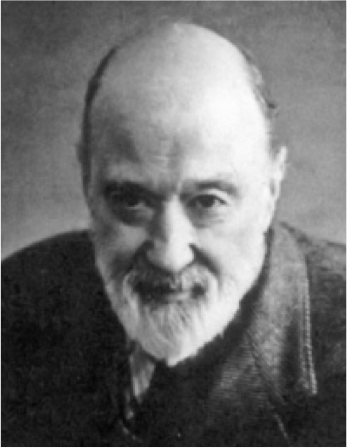In this session we will explore musical borrowing as a field of study as pioneered by the American musicologist Peter Burkholder. In considering this area, it is important to note that ‘borrowing’ and ‘quotation’ are not necessarily synonymous: a composer might use an earlier composition as a model, or ‘quote’ a phrase exactly, or paraphrase a theme so it works more appropriately in the new context. A consideration of the hypotext (the older text or texts) and the hypertext (the new text) provides a starting point for a discussion of music and meaning within these artistic spheres.

Charles Ives
The music of the American composer is often rich in quotation and reference, so it provides a good case study for our exploration. The lecture will introduce some of the terminology created and theorised by Burkholder, which is applied specifically to Ives, but has applications to a range of music types. Burkholder’s approach is summarised in the following questions:
- Analytical questions: For any individual piece, what is borrowed or used as a source? How is it used in the new work?
- Interpretive or critical questions: Why is this material borrowed and used in this way? What musical or extramusical functions does it serve?
- Historical questions: Where did the composer get the idea to do this? What is the history of the practice? Can one trace a development in the works of an individual composer, or in a musical tradition, in the ways existing material is borrowed and used?
Burkholder proceeded to develop a Typology of Musical Borrowing, which provides a useful framework for the analysis of musical borrowing in a wider range of music.
Preparation
- Read Peter Burkholder’s The Uses of Existing Music: Musical Borrowing as a Field
Associated Reading
- Peter Burkholder – “Quotation” and Paraphrase in Ives’s Second Symphony
- David Metzer – “We Boys”: Childhood in the Music of Charles Ives
Associated Listening
- Charles Ives – Central Park in the Dark
- Charles Ives – A Symphony: New England Holidays, 3rd mvt. 'Fourth of July'
- Charles Ives – Symphony No. 2 (particularly the 5th movement )
Further Resources
- Grove Music Online entry for Borrowing
- Peter Burkholder – Musical Borrowing: An Annotated Bibliography [online resource]
- Peter Burkholder – All Made of Tunes: Charles Ives and the Uses of Musical Borrowing
- Michael Talbot (ed.) – The Musical Work: Reality or Invention?
- Allan Moore – Song Means: Analysing and Interpreting Recorded Popular Music
- Justin Williams – Musical Borrowing in Hip-Hop Music: Theoretical Frameworks and Case Studies
- Olufunmilayo B. Arewa – From J.C. Bach to Hip Hop: Musical Borrowing, Copyright and Cultural Context
- Theft: A History of Music, a graphic comic tracing the history of musical borrowing
Follow-Up Work
- Construct your own one-page analysis of a chosen work, applying Burkholder’s framework. Email me an electronic version in advance of next week’s class, and be prepared to present your analysis in class
